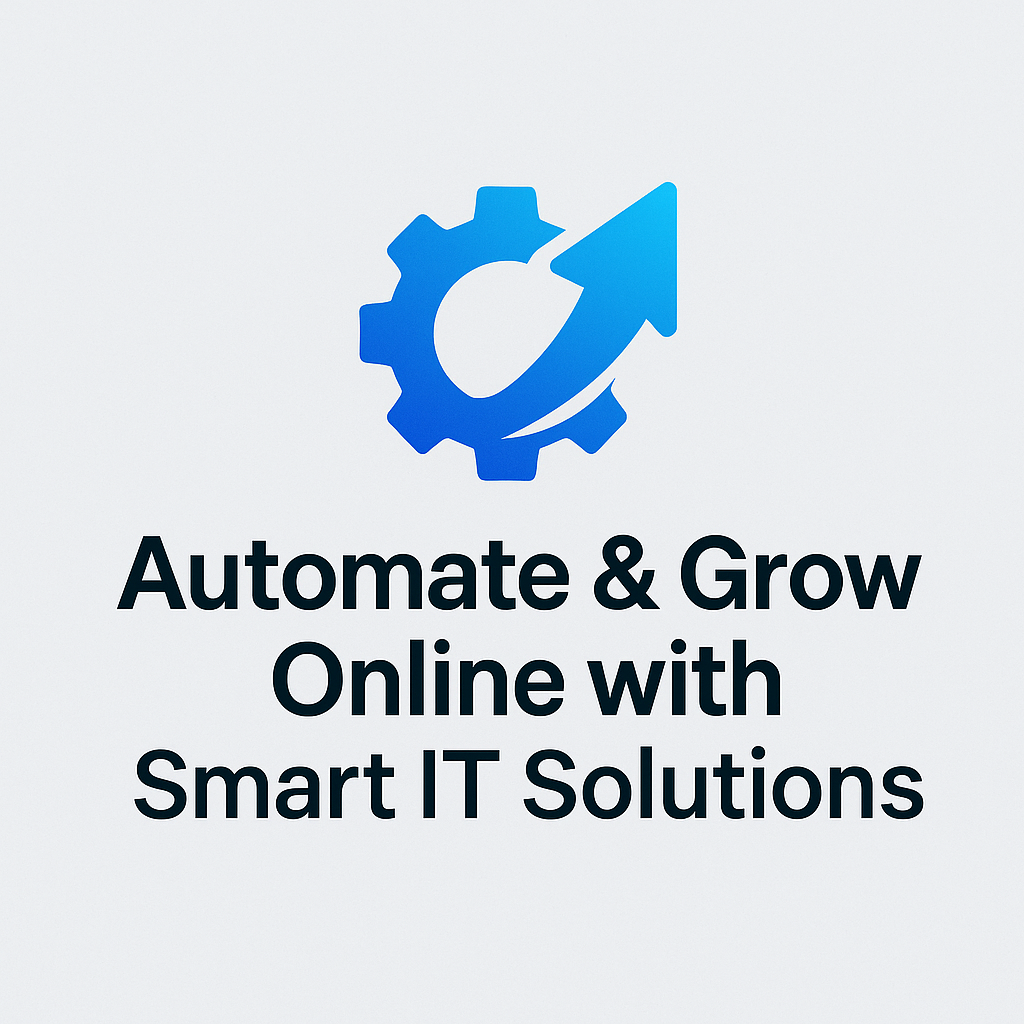The hype around AI has thrust data governance into the spotlight at the highest echelons of organizations, as they strive to create trust in their data and its use. To meet this imperative, master data governance — also known as master data management — empowers data and analytics leaders to create enterprise-wide trusted views of an organization’s master data.
The following are four essential best practices across people, process, technology, and data that will help data and analytics leaders establish strong, sustainable foundations for master data management (MDM):
Process: Adopt a Proven Approach to Avoid Common Pitfalls
Early adopters viewed MDM as a technology project in isolation. As a result, they failed to establish a solid foundation for success by ignoring the critical need to agree upon the goals and measures of success upfront. This failure made it impossible to establish ongoing and sustainable master data governance.
To overcome these shortcomings, data and analytics (D&A) leaders have learned that they must first consider why the program exists in the first place, and what business goals it is destined to support. Defining, articulating, and agreeing upon these goals is the critical first step in adopting a programmatic approach to MDM. Leveraging a proven framework ensures the MDM program leaders will do the following:
-
Avoid neglecting the critical steps that establish the direction of the program.
-
Establish metrics for success.
-
Identify the relevant processes, systems, or data to support the outcomes in scope.
-
Outline the respective roles and responsibilities that ensure sustainable governance.
This approach ensures that MDM programs don’t start with the preconception that technology alone is the answer.
People: Engage Business Stakeholders From the Outset on Value as the Critical Metric
When it comes to stakeholders, the business case for MDM is just the starting point. Human factors represent the most prevalent stumbling block for MDM, and governance more broadly.
D&A leaders must lay a strong foundation for success by engaging business stakeholders early to gain consensus on the business outcomes in scope and on value, and decide how success will be measured in the program. Then, they will be able to secure support from the necessary business stakeholders for the roles and responsibilities required for ongoing governance operations.
Governance is a team sport. Successful organizations take a collaborative approach to establishing a business-driven governance team. They formally outline roles, responsibilities, and processes — all of which are rightsized for their organization’s size and structure. The governance team, along with the organization’s collaborative approach, will help distinguish policy establishment from data stewardship and operational data management responsibilities.
This allows organizations to build robust and lasting governance teams that foster productive processes and relationships across the business and IT, and help ensure the continuing success of the MDM program.
Technology: Align Technical and Architectural Choices With Use Cases
D&A leaders should never start an MDM program with a technology purchase. While the caution against approaching MDM through a technology lens as a starting point cannot be underestimated, the two callouts below merit early consideration due to their potentially significant impact on existing business processes and users.
Not all vendors suit all scenarios. Evaluate industry, use case, domain, and geographic coverage. Choosing a vendor with expertise in similar industries and use cases vastly increases the probability that they have the IP and associated add-ons to fast-track time to value.
Adopt a phased approach: starting with a list of prioritized business outcomes, the MDM program will aid in adopting a phased approach that focuses on only the associated processes, systems, and data, minimizing disruption while delivering incremental value to the business.
Additionally, D&A leaders should adopt MDM architectural patterns that are best suited to the specific use case and the organization’s data-driven maturity, carefully evaluating and aligning the distinct characteristics of common MDM implementation styles.
Data: Keep Master Data Lean and Focused
Master data is “the least number of consistent and uniform sets of identifiers and extended attributes that uniquely describe the core entities of an enterprise and are used across multiple business processes,” according to Gartner.
Yet a lack of focused governance and stewardship during the identification of master data attributes and values stage can result in non-master data being included as master data. Achieving consensus across stakeholder groups can be challenging, but capitulating to keep the peace comes with longer-term consequences.
D&A leaders can keep MDM lean by maintaining a clear focus and discerning what constitutes master data (and, importantly, what does not) to avoid artificially constraining the value MDM can provide now and in the future.
In a day and age where data trust is paramount and AI-driven innovation is accelerating among organizations, successful MDM is no longer optional but foundational for organizations seeking to maximize the value of their data assets.
By rigorously applying best practices across process, people, technology, and data, D&A leaders can establish robust, scalable MDM programs that deliver trusted, actionable insights across the enterprise.
Engaging business stakeholders from the outset, adopting a structured and tiered governance approach, aligning technology choices with business objectives, and maintaining a disciplined focus on core master data are all essential for long-term success.
Organizations that embrace these four essentials will not only mitigate common pitfalls but also create a resilient foundation for data-driven growth, operational efficiency, and sustained competitive advantage.


